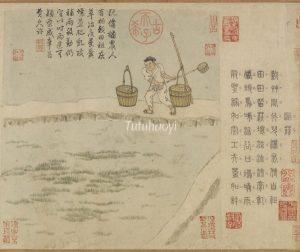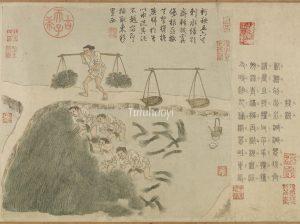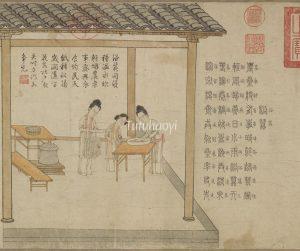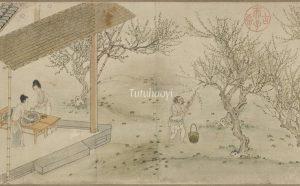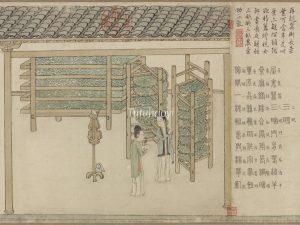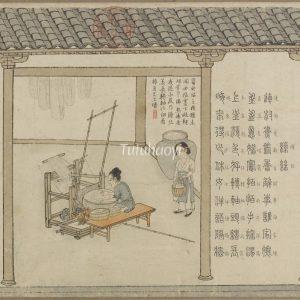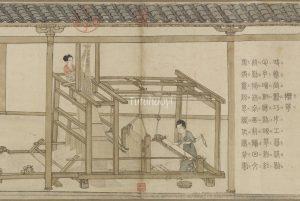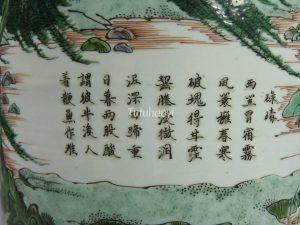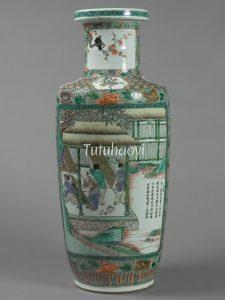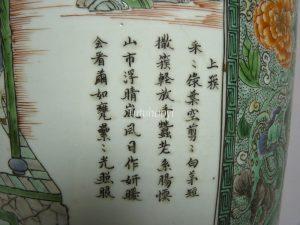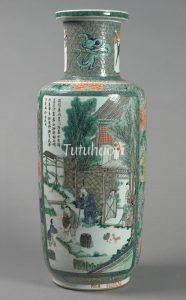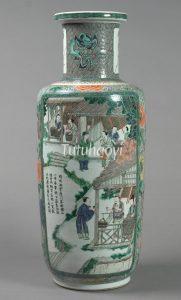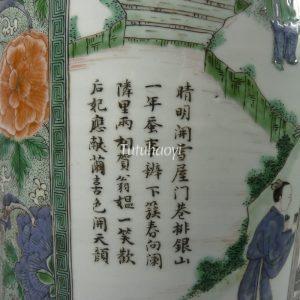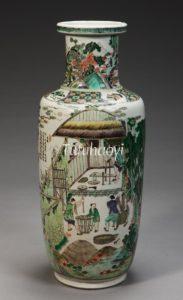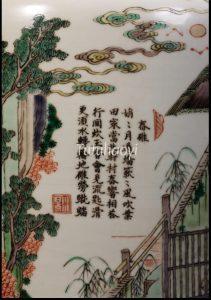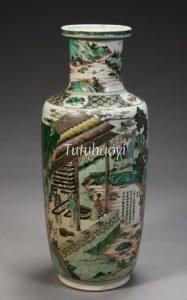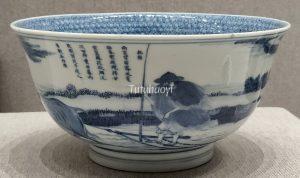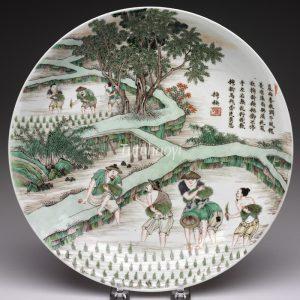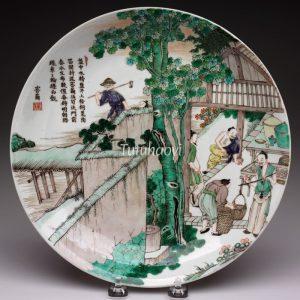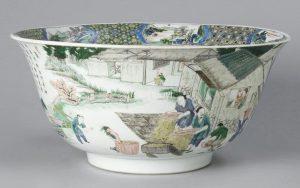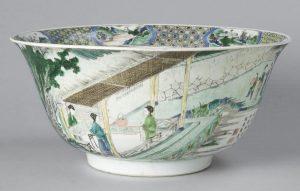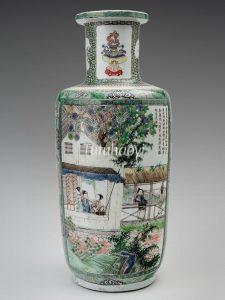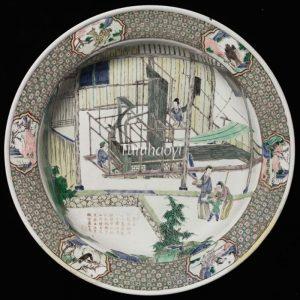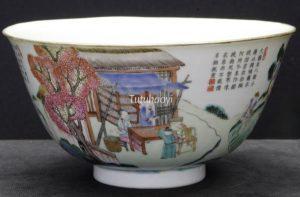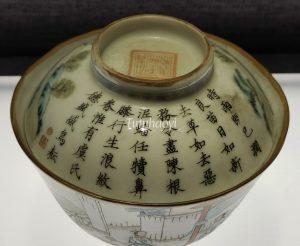Pictures of Tilling and Weaving
耕织图
© Tutuhaoyi.com owns the copyright of the description content for the images attached. Quoting all or part of the description content on this page is permitted ONLY IF ‘Tutuhaoyi.com’ is clearly acknowledged anywhere your quote is produced unless stated otherwise. (本页描述内容版权归Tutuhaoyi.com所有,转发或引用需注明 “Tutuhaoyi.com”, 侵权必究, 已注开源信息的条目除外。)
The Gengzhi Tu (耕织图, Pictures of Tilling and Weaving) was first created during the Shaoxing era of the Southern Song dynasty (12th century) by Lou Shu, a magistrate of Yuqian County. It comprised 21 Tilling Scenes and 24 Weaving Scenes, combining poetry and illustrations to systematically document agricultural and sericultural techniques. Highly praised by Emperor Gaozong, the original paintings have been lost, but their content survives through later copies—such as the Yuan-dynasty version by Cheng Qi (now housed in the Freer Gallery of Art, USA), which faithfully preserves the Southern Song style.
During the Ming and Qing dynasties, the Gengzhi Tu became widely popular. In 1696, the Kangxi Emperor commissioned Jiao Bingzhen to produce the Imperially Commissioned Gengzhi Tu, incorporating Western perspective techniques and engraved by Zhu Gui for mass printing. Variants also emerged under the Yongzheng and Qianlong emperors. More than artistic masterpieces, these works served as didactic tools for rulers to promote farming, sericulture, and technological knowledge, embodying significant historical, cultural, and artistic value.
scene description by Rachel Ma
Fig 1-7: Gengzhi Tu (Pictures of Tilling and Weaving), album leaves, ink and colour on paper, 32.7 x 1049.8 cm, attributed to Cheng Qi (传)程棨 (active mid- to late 13th century), formerly attributed to Liu Songnian (传)刘松年 (c. 1150–after 1225), Yuan dynasty, mid- to late 13th century, courtesy of Freer Gallery of Art, Smithsonian Institution, Washington, DC
Fig 8-14: a pair of famille verte porcelain vases, Kangxi period (1662–1722), Qing dynasty, courtesy of the Metropolitan Museum of Art, New York
Fig 15-17: famille verte porcelain vase, Kangxi period (1662–1722), Qing dynasty, courtesy of the Palace Museum, Beijing
Fig 18: porcelain bowl with underglaze blue decoration, Kangxi period (1662–1722), Qing dynasty, courtesy of the Palace Museum, Beijing; Photograph by Rachel Ma
Fig 19-20: a pair of famille verte porcelain plates, Kangxi period (1662–1722), Qing dynasty, courtesy of the RISD Museum, Providence, Rhode Island, US, accession number: 1989.110.58.2
Fig 21-22: famille verte porcelain bowl, Kangxi period (1662–1722), Qing dynasty, courtesy of Philadelphia Museum of Art
Fig 23: famille verte porcelain vase, Kangxi period (1662–1722), Qing dynasty, courtesy of Taft Museum of Art, Cincinnati, accession number: 1931.162
Fig 24: famille verte porcelain plate, Kangxi period (1662–1722), Qing dynasty, courtesy of the Museum of Fine Arts, Boston
Fig 25: famille verte porcelain plate, Kangxi period (1662–1722), Qing dynasty, courtesy of the Robert McPherson Antiques, The Netherlands, archived item
Fig 26: famille rose porcelain bowl, Jiaqing period (1796–1820), Qing dynasty, courtesy of the Palace Museum, Beijing
Fig 27: famille rose porcelain bowl, Daoguang period (1821–50), Qing dynasty, courtesy of China Ceramic Museum, Jingdezhen, Jiangxi Province, China; Photograph by Rachel Ma
